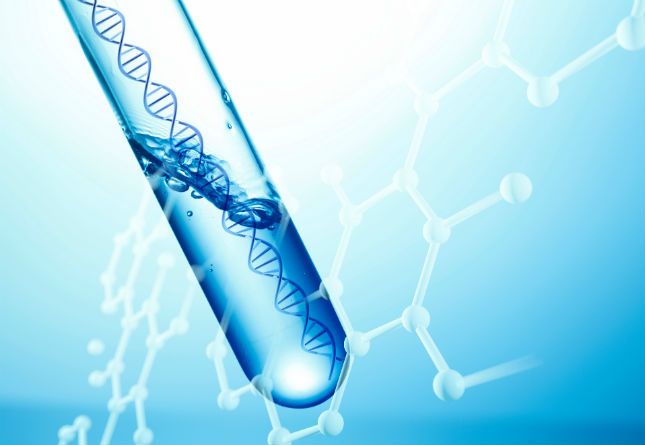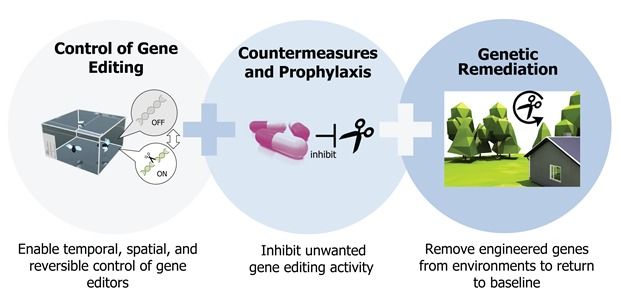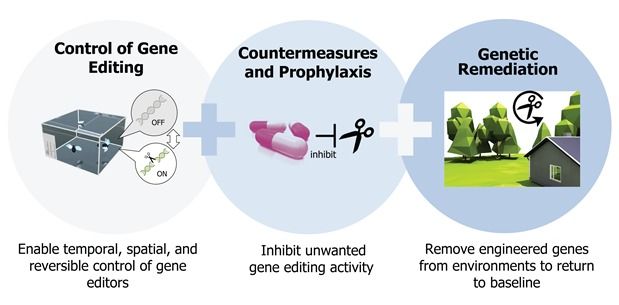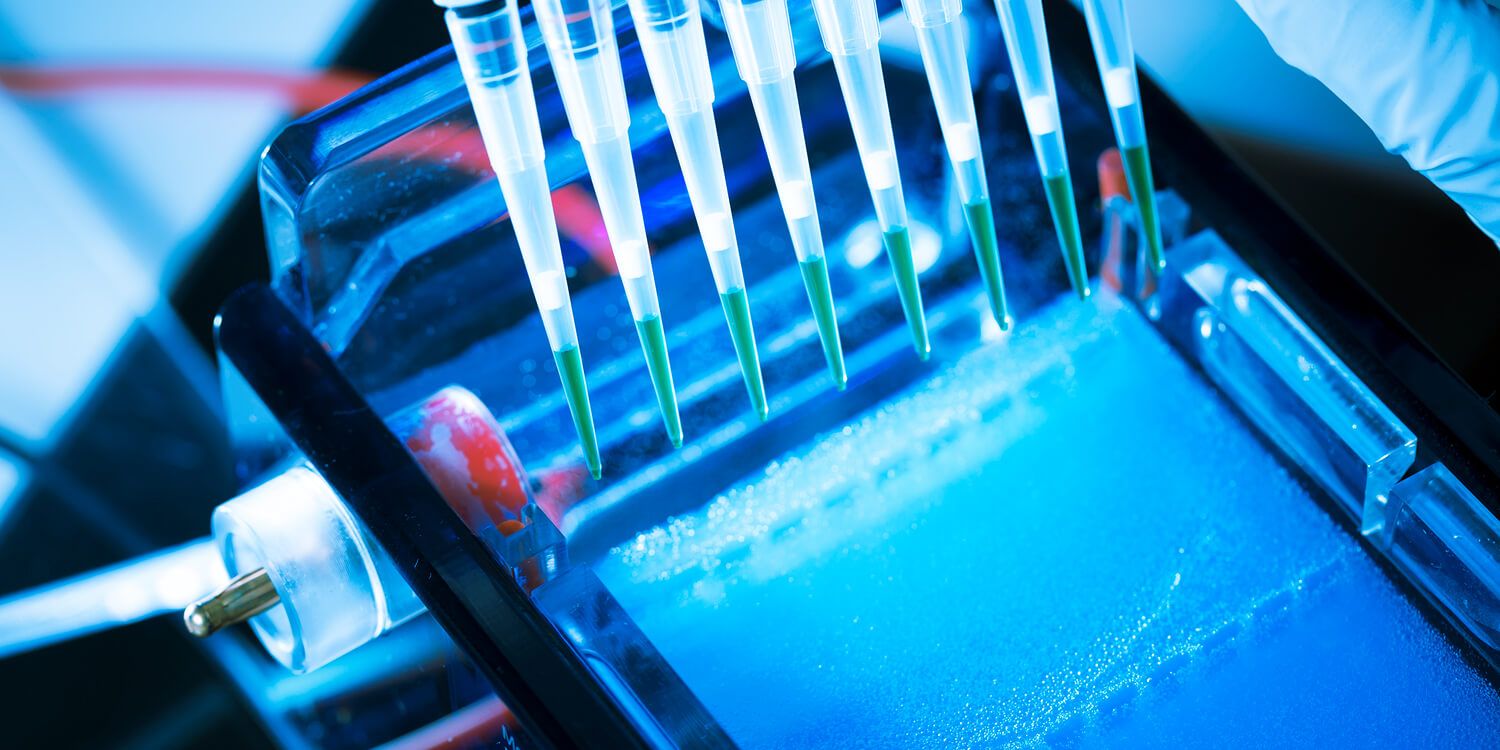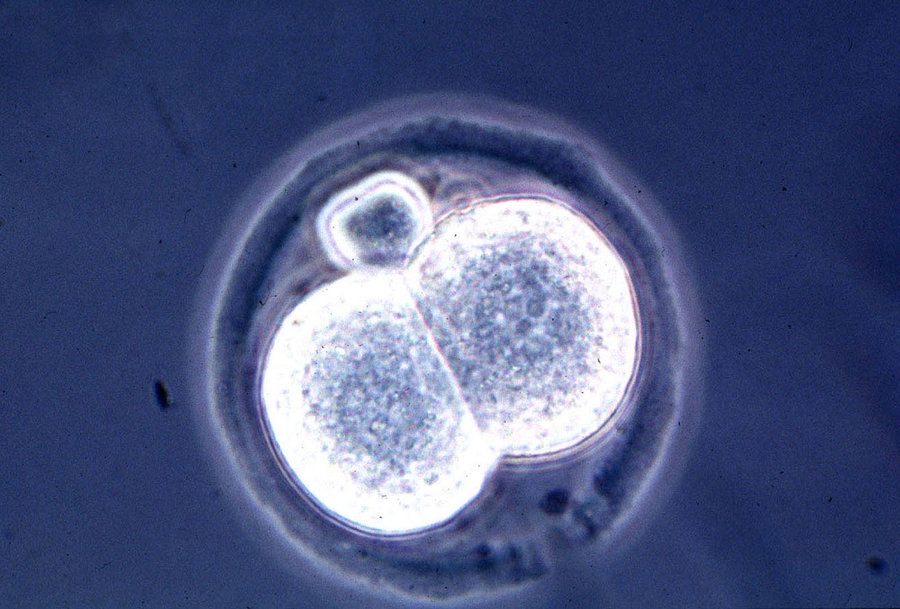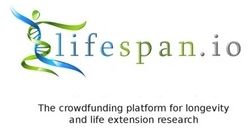Amazing — fighting cancer with a new drug that self-assembles from individual cells that interact with each other into a complex structure through weak supramolecular interactions.
The first multicellular organism, Volvox, evolved from self-assembly of individual cells. Inspired by this organism, researchers from Brigham and Women’s Hospital have developed a novel approach for treating cancer. Drawing from the lessons of evolution, they designed anti-cancer molecules that can self-assemble with each other into a complex structure through weak supramolecular interactions. The complex, supramolecular therapeutics home into the tumor, increasing anticancer efficacy and reducing side effects.
To engineer the supramolecular therapeutics, the researchers developed a first-of-its-kind computational algorithm that simulates how anticancer molecules interact with each other at the molecular and atomic level. This understanding led to the design of the most optimal building blocks that can click with each other like LEGO blocks to form the supramolecular therapeutic. The researchers have named this computational algorithm Volvox after the biological organism.
Ashish Kulkarni, PhD, an instructor in the Division of Engineering in the Department of Medicine at the Brigham and Women’s Hospital, and the lead author of the paper published in September issue of ACS Nano, said, “The algorithm saves a lot of time during the development of next generation cancer therapy. Before we even go into experimental analysis, we are able to see whether or not there is a high enough concentration of the drug for the treatment to be effective. We hope that our method can eventually be used to treat many different types of cancer.”
Read more

